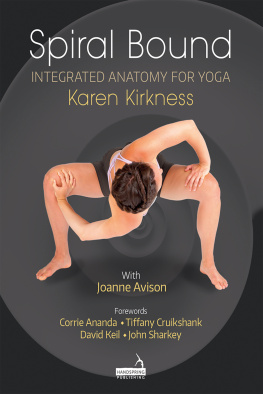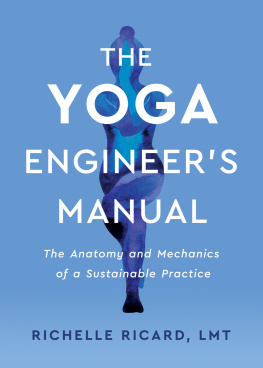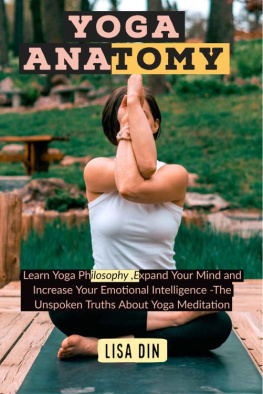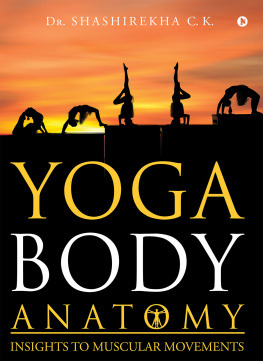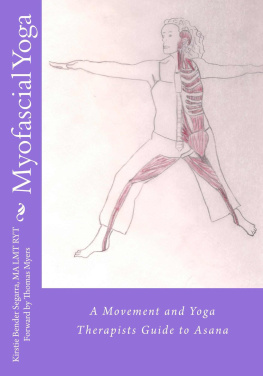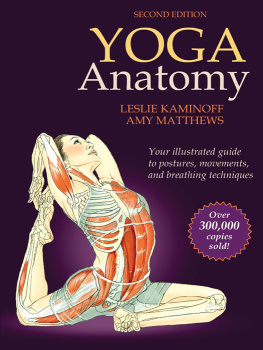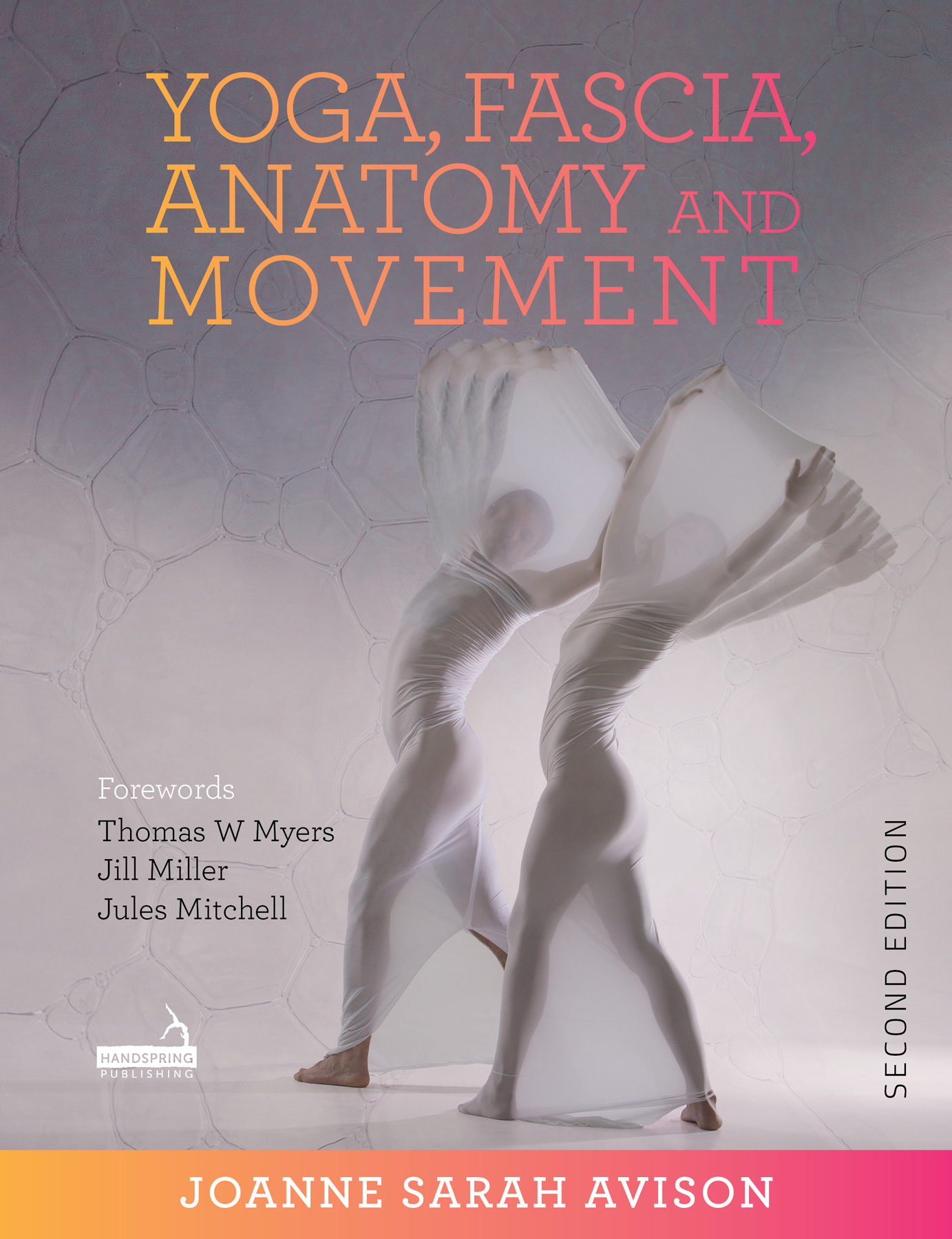Contents
Guide
Page List
HANDSPRING PUBLISHING LIMITED
The Old Manse, Fountainhall,
Pencaitland, East Lothian
EH34 5EY, Scotland
Tel: +44 1875 341 859
Website: www.handspringpublishing.com
First published 2015 in the United Kingdom by Handspring Publishing
Second edition published 2021
Copyright Handspring Publishers 2015 and 2021
Photographs and drawings copyright Joanne Avison unless otherwise indicated
All rights reserved. No parts of this publication may be reproduced or transmitted in any form or by any means, electronic or mechanical, including photocopying, recording, or any information storage and retrieval system, without either the prior written permission of the publisher or a license permitting restricted copying in the United Kingdom issued by the Copyright Licensing Agency Ltd, Saffron House, 6-10 Kirby Street, London EC1N 8TS.
The right of Joanne Avison to be identified as the Author of this text has been asserted in accordance with the Copyright, Designs and Patents Acts 1988.
ISBN 978-1-913426-04-0
ISBN Kindle eBook 978-1-913426-05-7
British Library Cataloguing in Publication Data
A catalogue record for this book is available from the British Library
Library of Congress Cataloguing in Publication Data
A catalog record for this book is available from the Library of Congress
Notice
Neither the Publisher nor the Author assumes any responsibility for any loss or injury and/or damage to persons or property arising out of or relating to any use of the material contained in this book. It is the responsibility of the treating practitioner, relying on independent expertise and knowledge of the patient, to determine the best treatment and method of application for the patient.
Commissioning Editor Sarena Wolfaard
Cover design Bex Hawkins, Bex Hawks Creates
Artwork Joanne Avison (unless otherwise indicated)
Indexer: Avril Erlich
Typesetter: Amnet, India
Printer Finidr, Czech Republic
CONTENTS
To Daddy-Billy-Willyum,
Your last words to me, on this side of the veil, carried me through this second edition. Thank you for teaching me, so very fundamentally, to love learning and to learn lovingly and with laughter, every day. You could not bear segregation of any sort and to that end, my guiding light has been a dedication to wholeness of body, mind and being; which in living, breathing life-on-earth are not segregated either. They only appear so in our inherited anatomy books. The mystical principle that the one and the all is the same is emerging in these twenty-twenties and with it, the new ways of understanding our living bodies.
I dedicate this effort to explaining that, scientifically and in practice, with love, light and the sound of laughter.
I love you for teaching me, at the age of six, this poem:
Scintillate, scintillate global vivific
Fain would I fathom thy nature specific
Loftily poised in the ether capacious
Strongly resembling a gem carbonaceous
and for reminding me it is this nursery rhyme: it depends how you say it, right Pops?
Twinkle, twinkle little star
How I wonder what you are?
Up above the world so high
Like a diamond in the sky
I dedicate this second edition to you and your grandson, who is my little star. You both share a wicked sense of humour and a nobility of mind to stand for truth and grace and it is my privilege to be daughter and mother; the sandwich generation between two noblemen.
SYMBOL OF THE HU
Hu the Sanskrit word for Divine.
Since we are all made of the same star dust; since you always said I began as a twinkle in your eye; since I hold you in my heart like a shining star ANYWAY may this work shine light on the wholeness of humans being. I love you for eternity.
Baruch Bashan (the Blessings already are), MeX
Joanne Avison MSS, C-IAYT, E-RYT500, KMI, CTK, CMED
Joanne is an international teacher of applied structural anatomy for movement and manual practitioners in a variety of fields. She is a professional Structural Integration practitioner, member of IASI (International Association of Structural Integrators) and certified teacher (KMI, Anatomy Trains 19982005: Tom Myers school) and Director of the Art of Contemporary Yoga Teacher Training, London, UK. The school registration (2006 onwards) qualified as an RYS-500, with Yoga Alliance (US), European Yoga Alliance and Indian Federation of Yoga. As an advanced Yoga Practitioner and Certified Yoga Therapist, C-IAYT (Certified by International Association of Yoga Therapists), Joanne appreciates the art, craft and science of yoga and body architecture. Her Masters degree in Spiritual Sciences has deepened her understanding of yoga and the philosophy behind it, that relates closely to how the physical body integrates and animates form. For Joanne the study of philosophy and anatomy are not necessarily separate, which is a unique approach to integrated practice.
Joanne is also trained in Craniosacral Therapy, continuously working in ART (Autoimmune Response Testing) and FSM (Frequency Specific Microcurrent) to further her studies in complementary health and complementary medicine. She is also a graduate of the CMED Institute, USA. After over 20 years of manual and movement practice, she appreciates deeply the resonance field(s) the body animates as a living form.
As a member of the Biotensegrity Interest Group (BIG), Joanne is fascinated by the application of biotensegrity principles to the understanding of the human blueprint and natural structural organisation in motion. Her writing and workshops are devoted to making this emerging context for human movement applicable and clearly understood. It makes sense of how we make sense of our world, literally and symbolically.
BioTensegrity is an emerging context for what I refer to as biomotional integrity. That is how we move the way we do. Understanding the fascia and the fabric of our form is relatively meaningless, without the architectural organisation of that fabric, explaining how it permits movement and indeed manages the movement forces we move (that move us). We are formed under tension; pre-stressed or pre-stiffened but what does that mean to us as movement teachers or manual therapists? What are the implications of tensional forces through the matrix of our living, animated form? The fascia is a force transmission system. Biotensegrity offers a very compelling paradigm that makes sense of its many structures and functions and multifaceted assets. It also transforms our understanding of connection and resonance; with ourselves and others.
Next page

